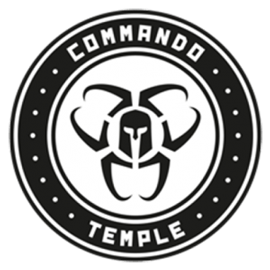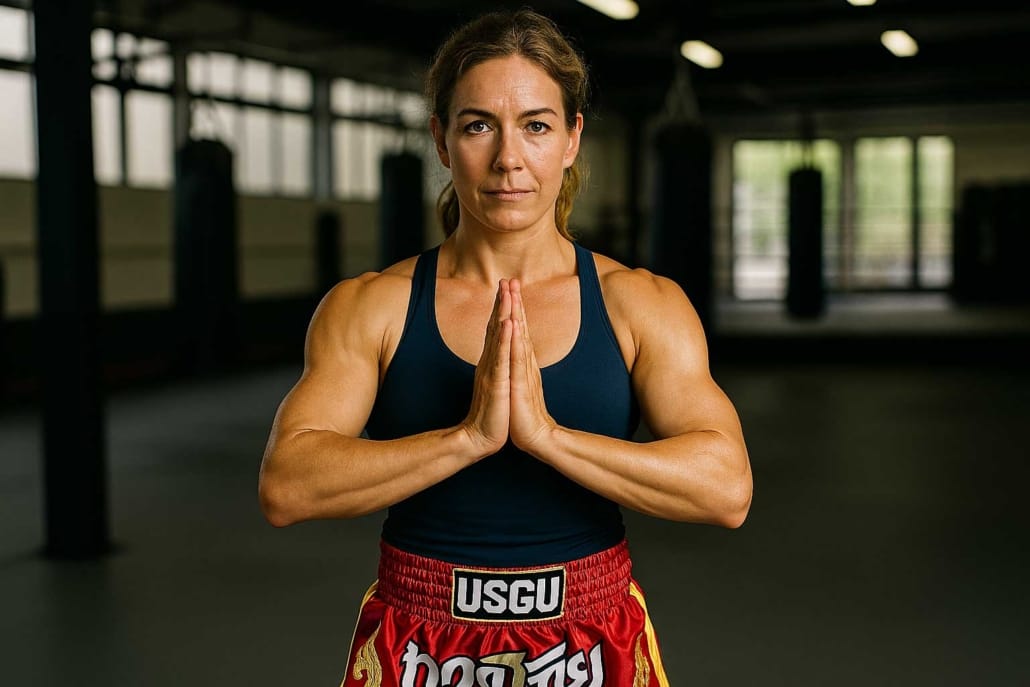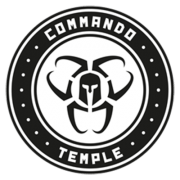Why Do We Wai in Muay Thai?
The wai (ไหว้) is similar to the Indian namaste or the Cambodian sampeah. Hands are pressed together at chest or forehead level, head slightly bowed. The depth of the bow and the position of the hands reflect the status of the person being greeted.
Hands at forehead: for monks, royalty, or your Kru
Hands at nose or chest: for friends, family, peers
In the gym, it’s used to greet your trainers, thank your pad holder, or acknowledge sparring partners. It’s a sign of humility and connection.
Wai Kru Ram Muay: Respect in Ritual
Before every traditional Muay Thai bout, fighters perform the Wai Kru Ram Muay — a ritual dance that honours their trainer, family, and gym. This isn’t showboating. It’s spiritual. It’s symbolic.
Each movement tells a story — of where you’re from, who taught you, and what you fight for.
When and Why It Matters
You might wai:
Before and after a round of pads or sparring
When greeting your Kru or senior fighters
At the start of a Muay Thai class
After being corrected, as a form of thanks
In Western gyms, some of this gets lost. But in Thailand, it’s second nature. If you want to show respect and be respected, start with a wai.
Final Thoughts
In Muay Thai, skill matters. But respect matters more. The wai isn’t just a gesture — it’s a foundation.
It reminds us that fighting is not just about power — it’s about honour.


